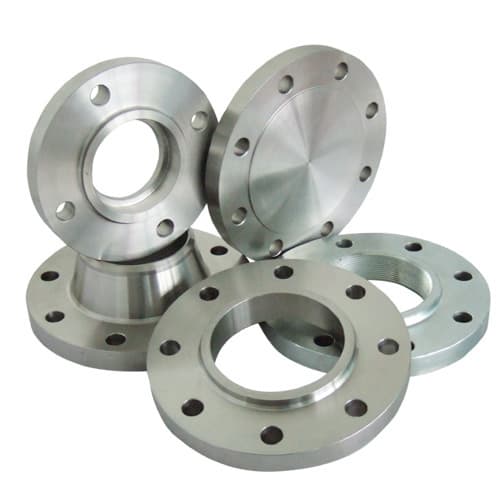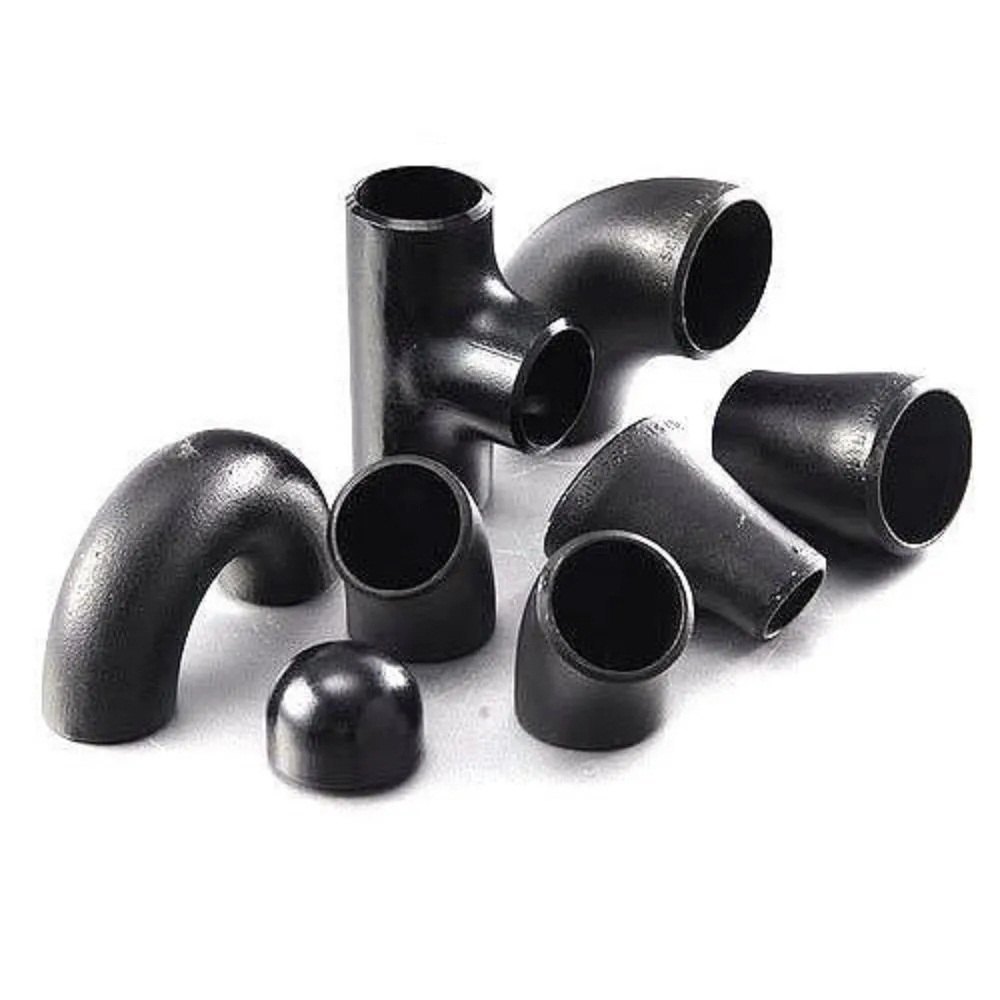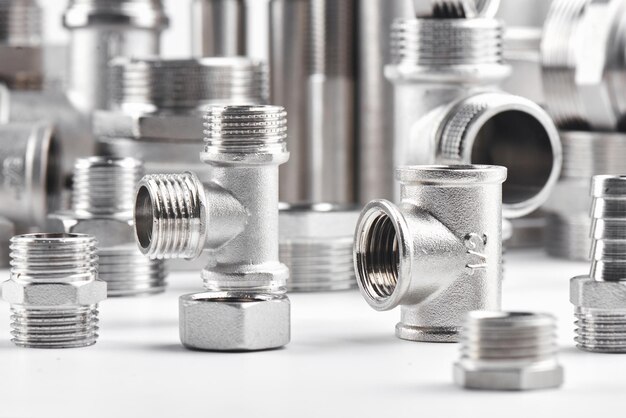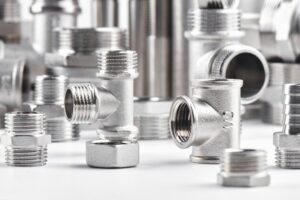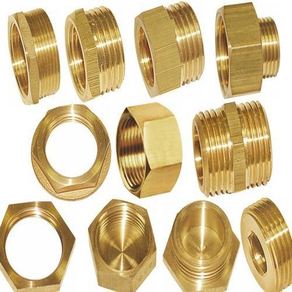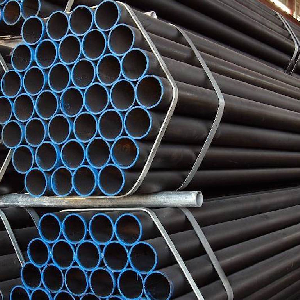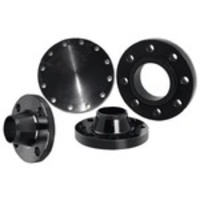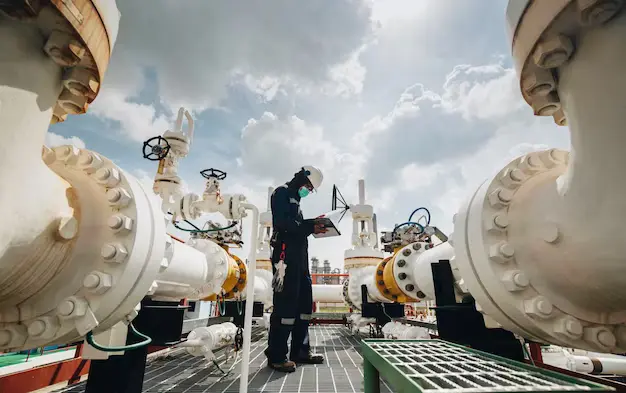When it comes to piping systems, connections play a crucial role in ensuring smooth flow and preventing leaks.
Among the various types of connections available, threaded flanges have emerged as a popular choice for many applications in the UAE.
But what exactly are threaded flanges, and why should you consider using them? Let’s dive in and explore the benefits of these handy components.
What are Threaded Flanges?
Simply put, a threaded flange is a type of pipe fitting with threads on one end and a flange (a flat, ring-shaped piece) on the other.
The threaded end allows it to connect directly to a pipe, while the flange can be bolted or welded to another flange, creating a secure and leak-proof joint.
These versatile fittings come in various sizes, materials, and pressure ratings to suit different piping system requirements.
Benefits of Threaded Flanges
-
Easy Installation and Maintenance
One of the biggest advantages of threaded flanges is the ease of installation and maintenance they offer. Unlike welded or complex mechanical joints, threaded flanges can be quickly and easily assembled or disassembled using simple tools.
This makes them ideal for applications where frequent maintenance or modifications are required, as you can access the pipes without having to cut or dismantle the entire system.
-
Cost-Effective Solution
Compared to other types of pipe connections, threaded flanges are generally more cost-effective. They are relatively inexpensive to manufacture and require less labor and specialized equipment for installation. This can translate into significant cost savings, especially for larger piping projects or those with numerous connections.
-
Compatibility with Various Materials
Threaded flanges are available in a wide range of materials, including carbon steel, stainless steel, aluminum, and even plastic. This versatility allows them to be used in piping systems carrying different types of fluids or gases, from water and chemicals to oil and gas.
Whether you need corrosion resistance, high-temperature tolerance, or specific chemical compatibility, there’s likely a threaded flange material that fits your requirements.
-
Strong and Long-Lasting Construction
When properly installed and maintained, threaded flanges can provide a secure and long-lasting connection in your piping system.
The threads and flanges are designed to withstand high pressures, temperatures, and other challenging operating conditions, making them suitable for various industrial and commercial applications.
With proper care, these fittings can offer reliable service for many years.
-
Standardized Sizing and Compatibility
One of the great things about threaded flanges is that they follow standardized sizing and threading specifications.
As a result, flanges from various manufacturers can be combined and exchanged with ease within the same piping system, offering compatibility and flexibility.
Wrap Up
Piping systems are essential for moving fluids, gases, and other materials in the UAE’s varied industrial and commercial environments. Threaded flanges offer a practical and reliable solution for creating secure connections within these systems.
Given their standardization, affordability, adaptability, durability, and ease of installation, threaded flanges are no wonder why professionals across a range of industries are choosing them.
Therefore, include threaded flanges in your design if you want to maximize your piping system while guaranteeing a leak-proof and hassle-free operation.
